
How Patagonia used a 100-year-old technique to cleverly grab customers’ attention
Steal this brilliant technique from Patagonia to grab your customers' eyeballs and make more sales without feeling like you need to shower afterwards.
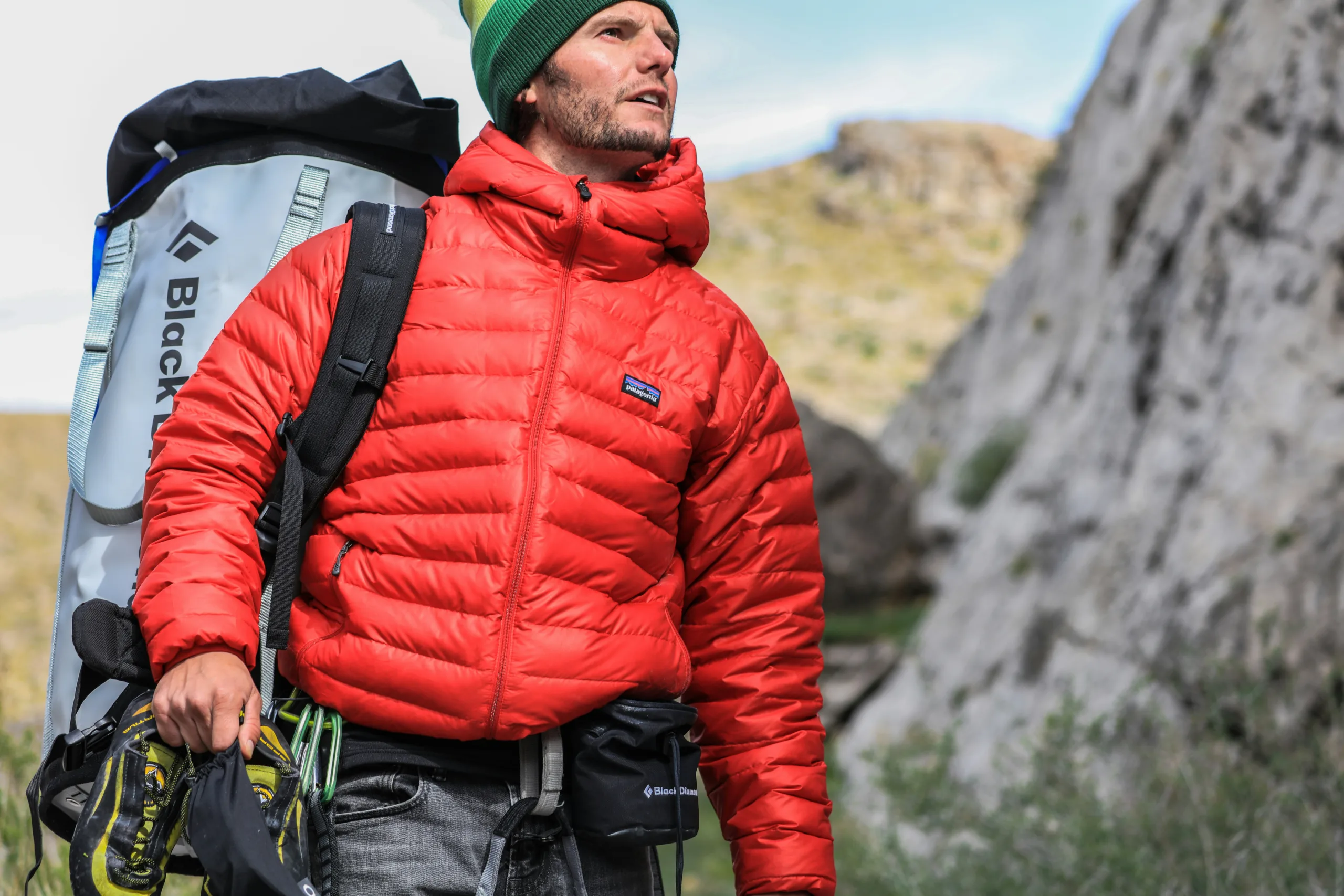
💡This week’s big idea: using curiosity to get attention doesn’t have to feel dirty and unethical.
Have you ever written some copy and felt a weird ickiness?
You know you want your copy to get clicks. You know you want your subject lines to stand out. You want people to actually read the words you spent hours writing.
But when you try to write something that feels like it’s going to grab attention, your gut says:
“This feels a bit gross.”
“Am I being manipulative?”
“Will people feel tricked?”
“Is this all a bit Buzzfeed circa 2008?”
You’re not alone.
We’ve written subject lines to this very email that we’ve binned off at the last second because they felt too clickbait-y.
☝️ Us, reviewing our own subject lines.
(In fact, we spoke more about this icky feeling last week. It’s been on our minds a lot, apparently.)
But here’s the thing: driving curiosity isn’t the problem. Manipulating people to get the click is.
In fact, when done right, curiosity is one of the most powerful copywriting tools you can have in your toolbox. (A tool that’s over 100 years old, in fact. The first bit of “clickbait” dates back to 1888.)
A 2019 study showed that being curious before you find out more information drastically improves our ability to remember and recall what we find out after.
And another study from 2014 found that curiosity to uncover missing information fires up the same parts of our brains that light up when we eat chocolate AKA our brains absolutely love it.
However, there is a BIG caveat: this 2023 study found that clickbait headlines erode trust in a brand when they don’t deliver on their promise.
So the question isn’t “Can we use curiosity?”
It’s: “How do we do it well?”
Learning from the masters: Patagonia’s masterclass in piquing curiosity without being icky
It’ll come as no shock that we 💛 Patagonia here at DWG.
They basically wrote the playbook on being a mission-led brand. (And they’ve been on our dream client list for years now.)
And this 2011 ad is a perfect example of why they’re just so damn good 👇
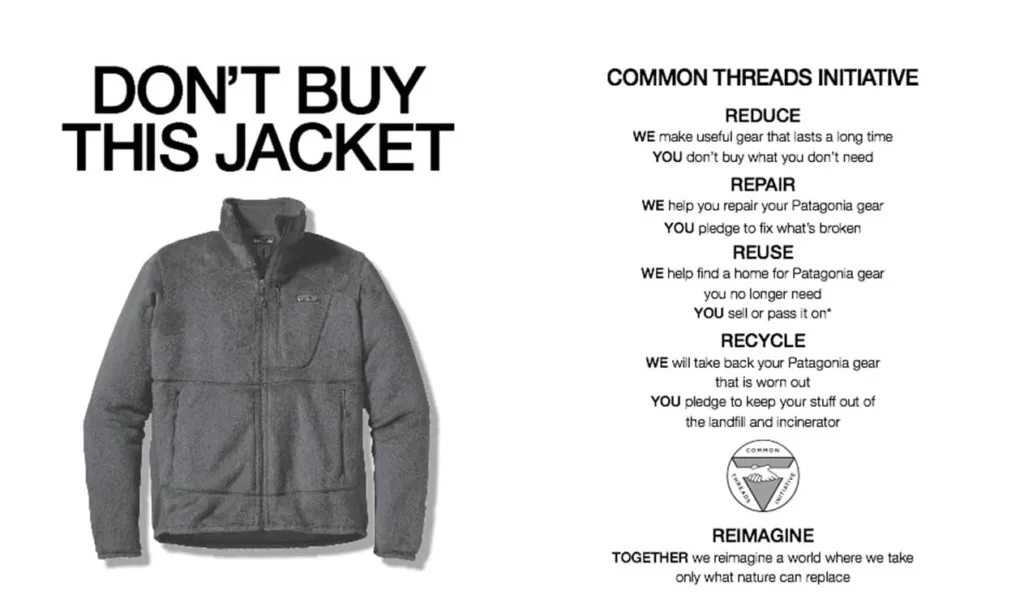
They ran this full page ad in the NYT on Black Friday in 2011.
While every other brand was promoting a big sale or discounts, Patagonia told us not to buy something.
(Very on-brand and on-message and ahead of the anti-Black Friday sentiment by Patagonia, but that’s a topic for another day.)
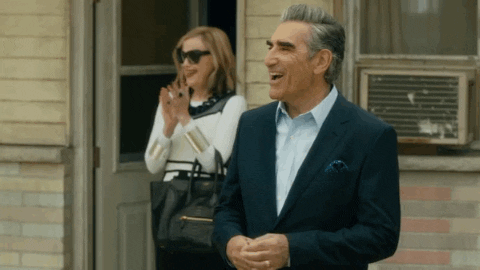
This ad doesn’t feel scammy, does it? It doesn’t feel like a cheap trick designed to trick you into reading something you don’t want to?
And yet, functionally, there is no difference between this and those awful “You won’t believe #8” clickbait.
It all comes down to intention and delivering value after the click.
Patagonia used the headline to grab attention and get people to read more. They then deliver on that initial promise with information about their repair and recycling programmes.
Clickbait-y headlines just want to grab the most traffic in any way they can.
But here’s where things gets a bit confusing: clickbait, hooks and any other headline that grabs your attention are almost always built on the same two (very similar) ways that our brains are wired to work:
👉 The first one is called the Zeigarnik Effect and it basically says that our brains remember uncompleted tasks more than completed ones.
(That’s why an unchecked box on your to-do list will wake you up at 1am.)
👉 The second one is the Information Gap Theory, which says that we’re basically hardwired to want to seek out information to “close the loop” on answered information.
(Which is why we absolutely need to watch the next episode of a TV show, even when we know we should probably hit the hay.)
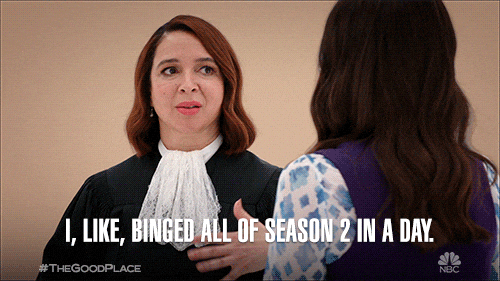
✨Bonus breakdown:
Patagonia’s ad also uses something known as a pattern interrupt, a marketing/copywriting technique where you deliberately veer away from what people expect to see in order to stand out.
Oatly’s “this tastes like sh*t” is another good example of this.
So, how do you create an “open loop” that gets customers clicking? And how do you make sure it’s not icky AF?
There’s two parts to this:
- Creating a compelling, I-can’t-possibly-ignore-this headline that uses curiosity to hook people in
- Making sure that headline isn’t icky and deceptive and likely to erode trust in your brand.
So let’s break it down.
How to write hooky headlines that make customers want to read more…
A few weeks ago, we came across this 2025 study in Scientific Reports by Marianne Aubin Le Quéré and J. Nathan Matias that broke down nearly 9,000 headline experiments.
Their goal? To understand which headlines get clicks and why.
Here’s what they found 👇
The most clickable headlines aren’t the vaguest or the most detailed. In fact, both of those kinds of headlines performed pretty damn poorly.
Instead, the sweet spot was smack bang in the middle.
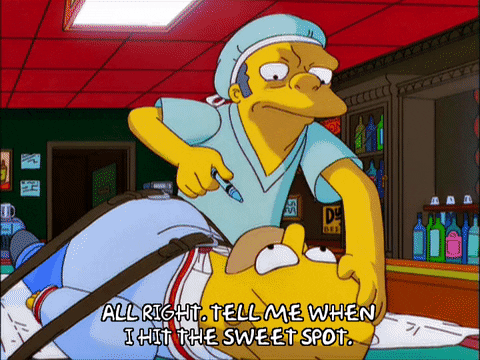
They found an inverted U-shape relationship between headline specificity and clicks.
AKA, there’s a sweet spot between vague AF and really super-specific that makes users clicks. It’s our job to make sure our headlines hit that.
- Too vague? Readers don’t have enough info to care OR they feel like it’s obvious clickbait. No click.
- Too detailed? Readers feel like they already know the answer. Therefore, no need to click.
- Just enough information but no conclusion? That’s the sweet spot right there. That’s where our curiosity kicks in and we click.
Instead, look at what you’re trying to sell or promote and ask yourself:
👉 What’s the most surprising or counterintuitive thing about our product or idea or message.
Open with a twist. Curiosity is powered by the gap between what the reader expects and what you deliver.
So if your product does something different from the norm, challenges a belief, or breaks a rule, lean into that curiosity. (Just like Patagonia’s ad.)
Before:
“Our moisturiser is jam-packed with natural ingredients.”
😐 Clear and accurate but not exactly click-worthy.
After:
“Our best-selling moisturiser started as a failed foot cream.”
🙌 Surprising, relevant and attention-grabbing.
👉 What benefit can I hint at without giving away the full story?
Tease the outcome but leave out the how. People feel really curious when they know what they’ll get, but need to read on to learn how or why it works.
Before:
“This backpack is waterproof, lightweight, and fits in your pocket.”
😐 Not bad at all, but there’s no curiosity gap. You need to be actively shopping for a backpack to pay attention.
After:
“The bag thousands of travellers take instead of carry-on luggage.”
🙌 Promises a result but holds back the secret to how it replaces carry-on. Customers can’t resist clicking to find out more.
👉 Is there an analogy I can use to talk about our product benefits?
Analogies take something familiar and reframe it in a new light to create curiosity. So if your product is hard to explain or you’re in a crowded category, a well-place analogy can cut through the noise.
Before:
“Our eco detergent uses enzymes to clean better without toxins.”
😐 This definitely belongs on the sales page, but it’s the pay-off to a hook rather than the hook itself.
After:
“It’s like a probiotic for your laundry.”
🙌 Intriguing, tangible, and opens a loop: “How does that work?” The customer wants to click to find out more.
But how do you make sure you’re not veering into icky clickbait territory?
Clickbait isn’t an inherent thing. It’s more of an end result.
It’s that disappointing gap between what you expected to learn and what you actually found out.
In real life, it’s like if a friend says “I make the best cup of coffee in the world, you need to try it” and then pushes a button on their machine and hands you the cup.
Did they technically make it? Sure. Is it a good cup of coffee? It’s not bad.
But you were promised “the best cup of coffee in the world” so you feel a bit duped.
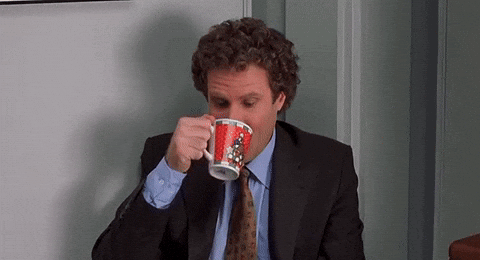
And that’s the key to avoiding clickbait: delivering on the promise you made.
Put another way, making sure you close the loop in your customers brain with a satisfying *pop* rather than a fizzle.
Ask yourself, after reading everything after the headline, would a customer say “yeah, that headline was accurate and fair”?
If someone read only the headline and key takeaway, would they have left with something valuable and useful?
If the answer isn’t a resounding “yes!” to those questions, you might be veering into clickbait territory. Take another look.
Can you dial it back?
Are you trying too hard to grab attention at the cost of accuracy?
Can you replace the overpromising with some humour or an analogy?
🧠 Final thought: you don’t avoid using curiosity in your headlines just because people misuse it.
If you’re reading this, odds are that you want to do marketing better.
No scammy, shady tactics.
People and planet over pure profit.
Thoughtfulness over scale-at-any-cost.
And that means you already have to work harder to earn attention, because you’re not relying on cheap tactics, inflated promises, or manufactured scarcity.
So if there’s a technique that has made people stop and pay attention for over 100 years, we shouldn’t write it off just because some people abuse it.
If you find a way to spark curiosity and get customers to hear your brand through the noise, then you should absolutely go for it.
Just make sure you keep the promise you make to the customer (or better still, overdeliver) and you’re all good.
(And, as the Information Gap Theory tells us, customers will actually trust you even more if you create curiosity and satisfactorily resolve it. Even more reason not to avoid it.)
Dive into free tips and tricks 👇
Read more copy tips and tricks

How to nail the bad review trend (and increase ad CTR by 27%)










